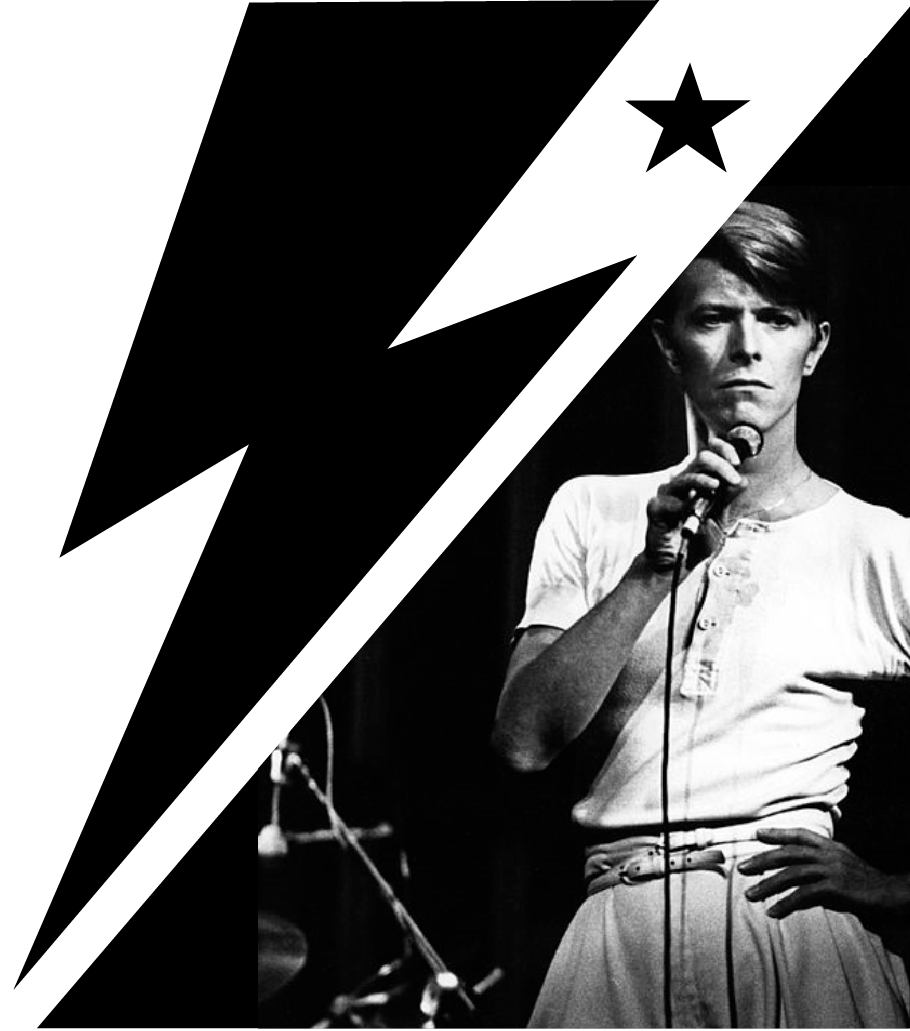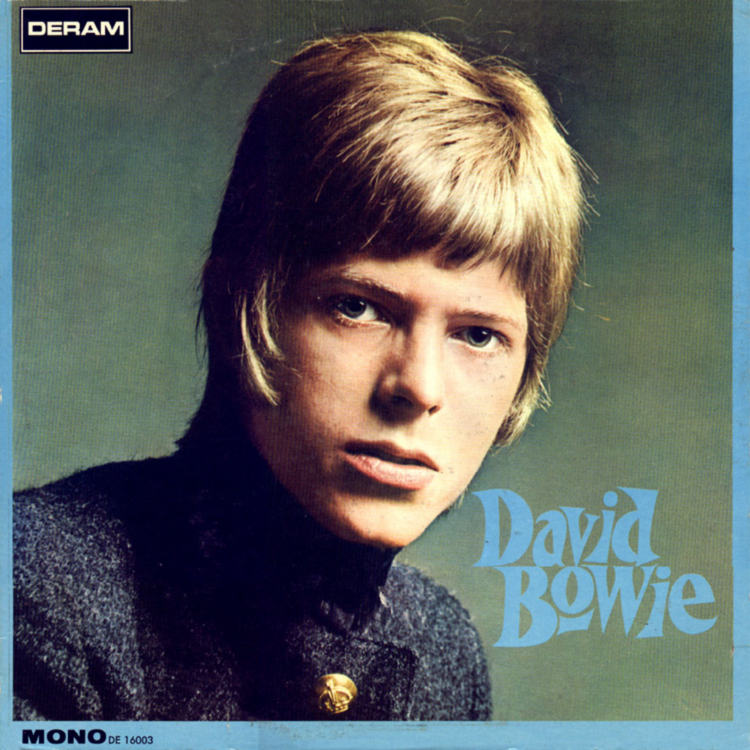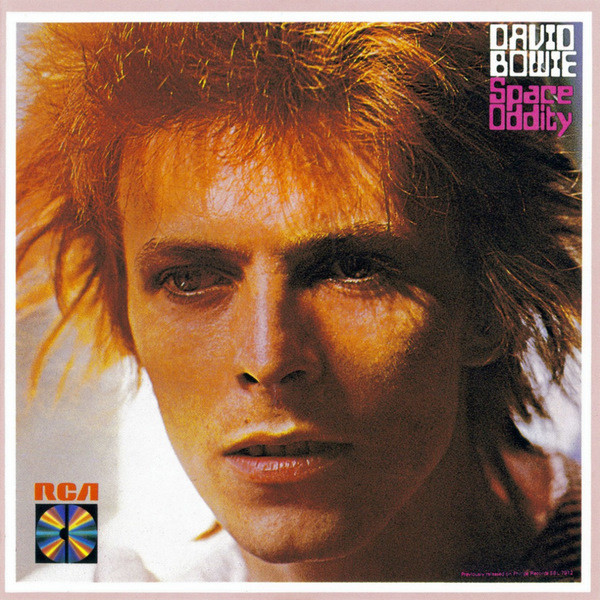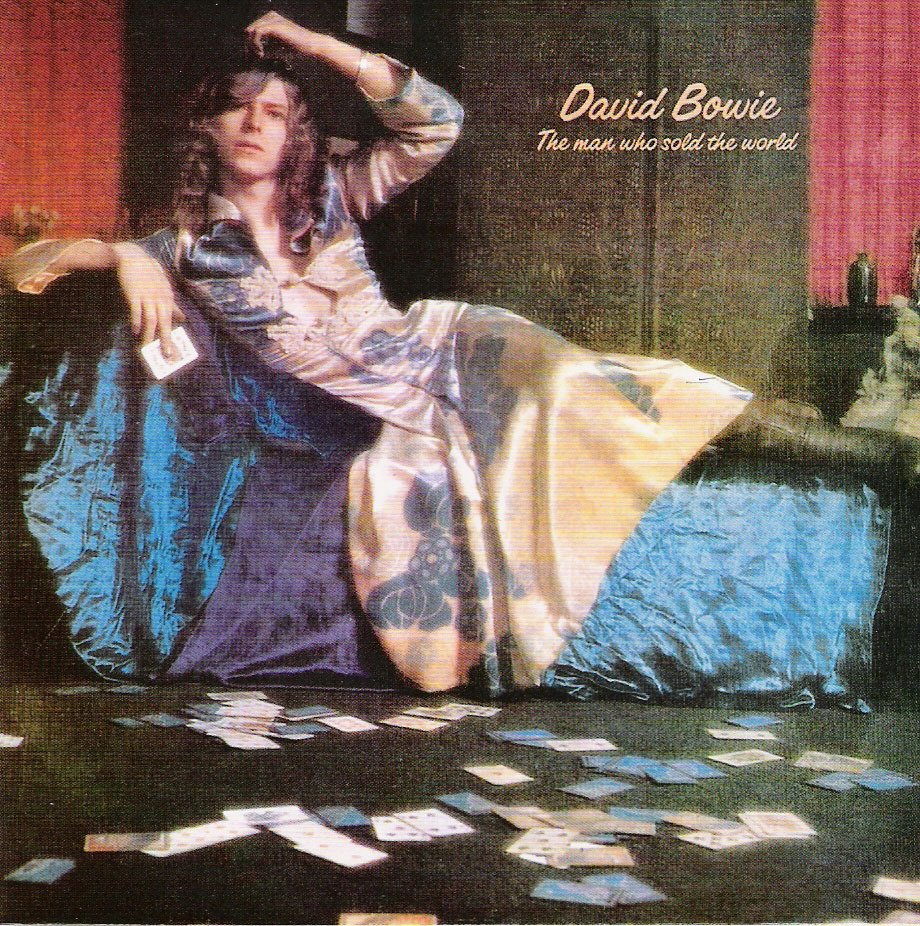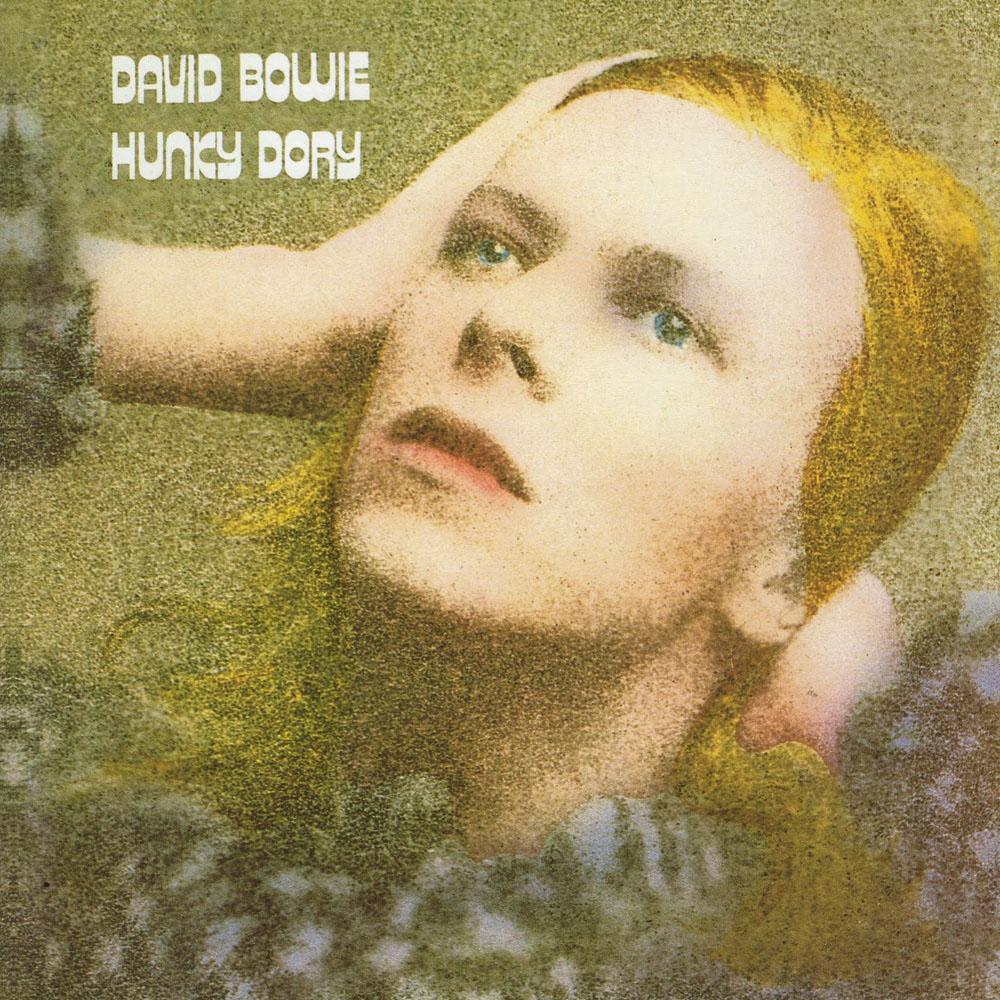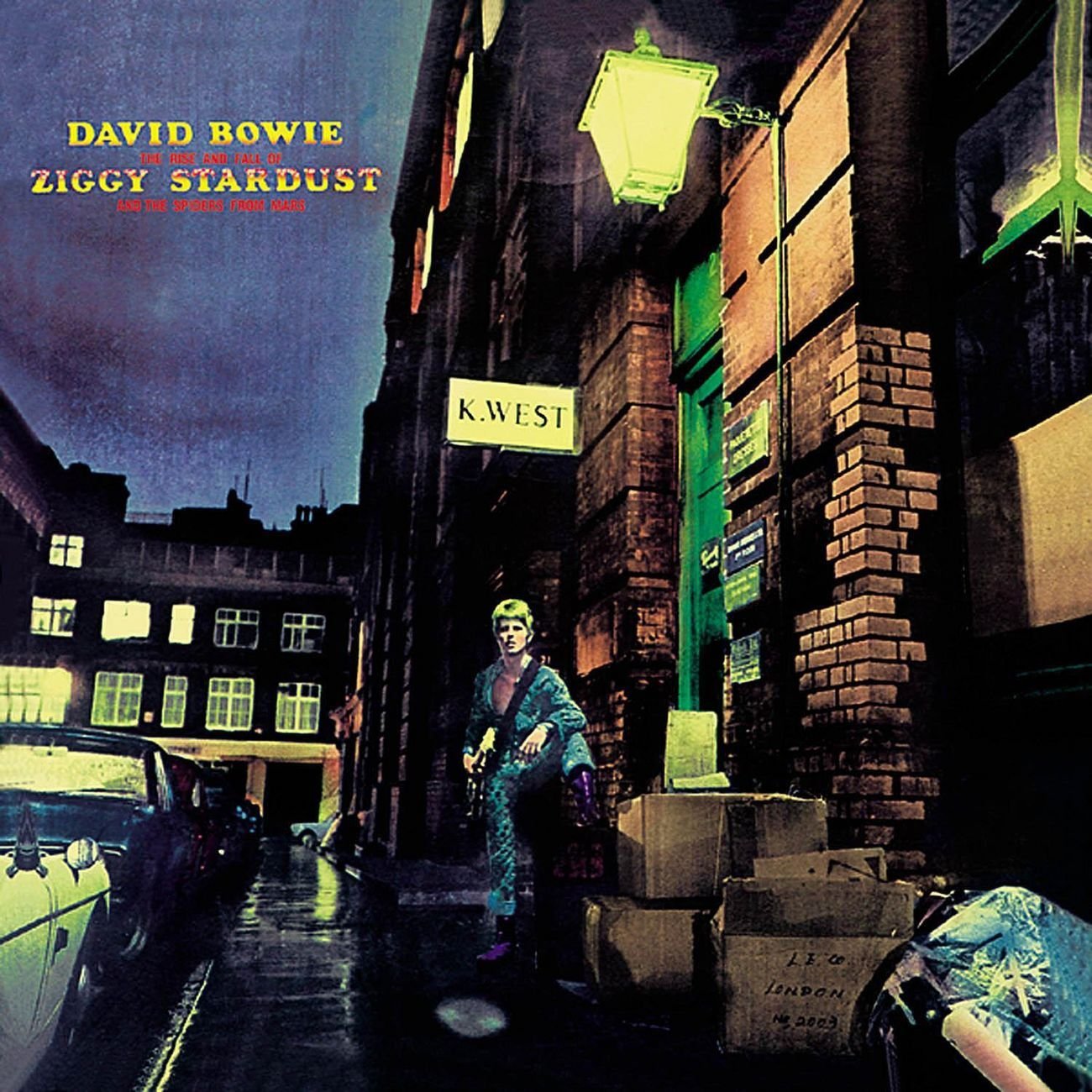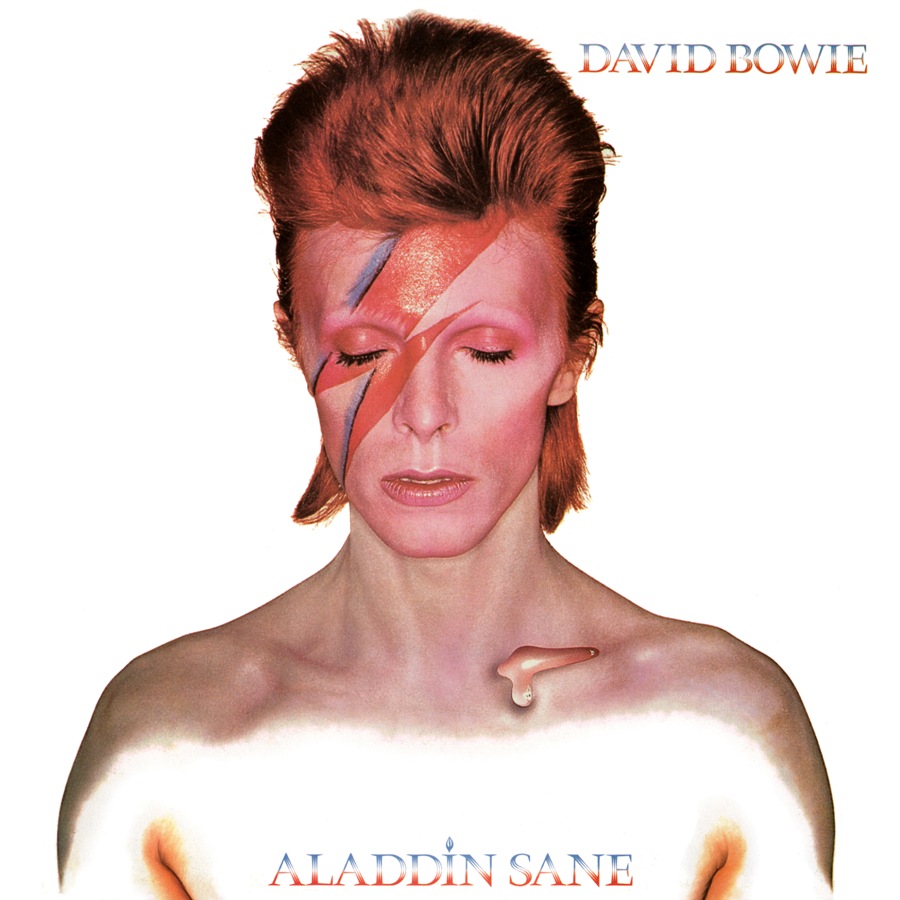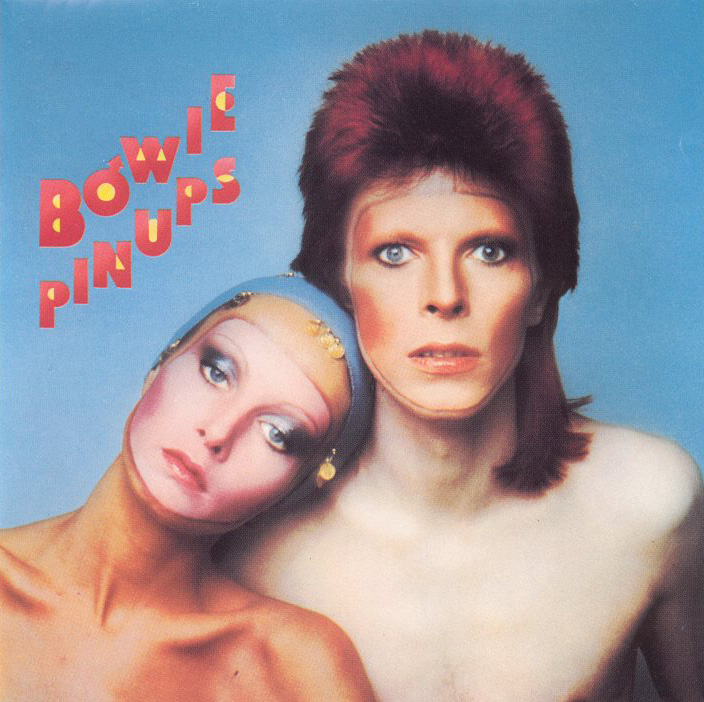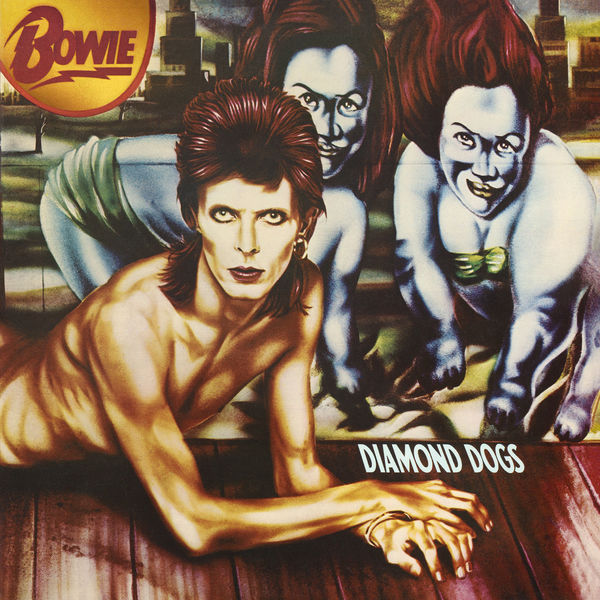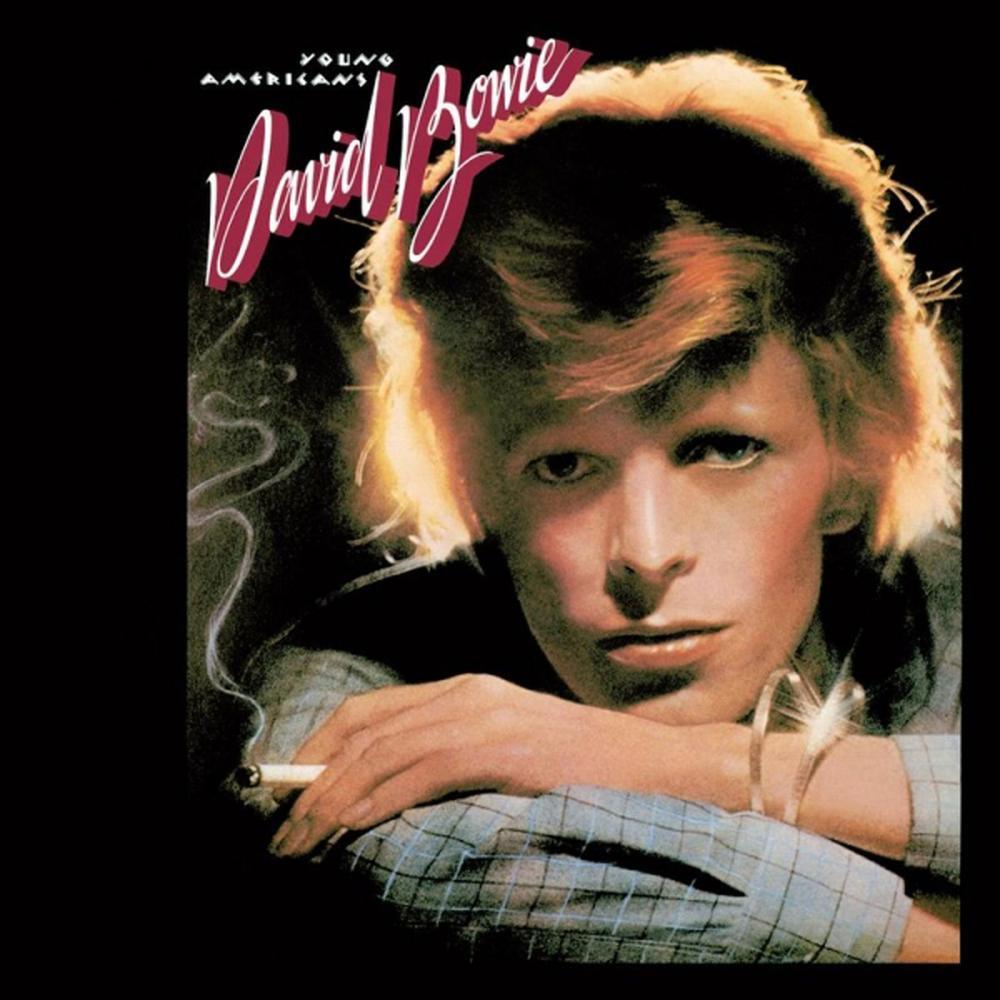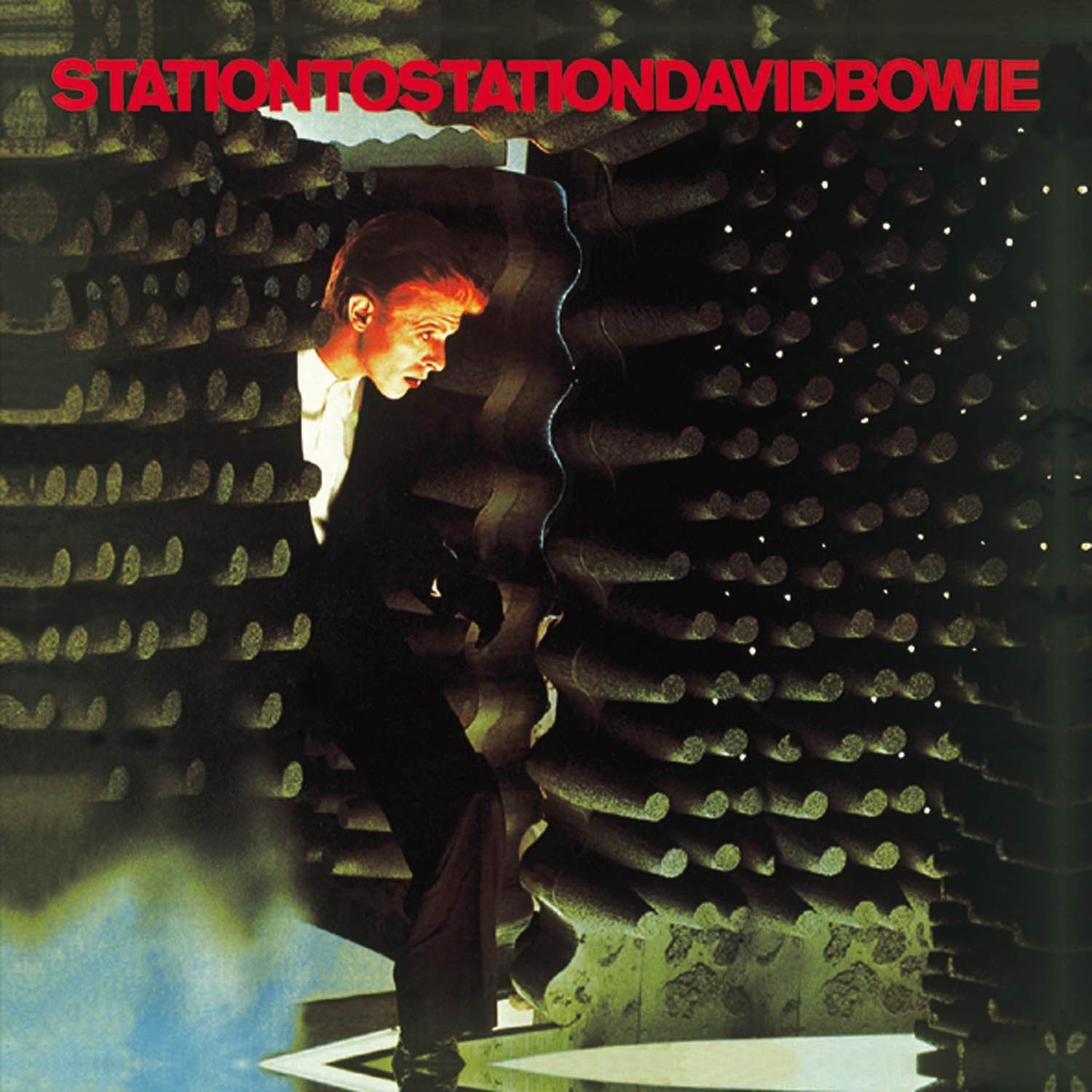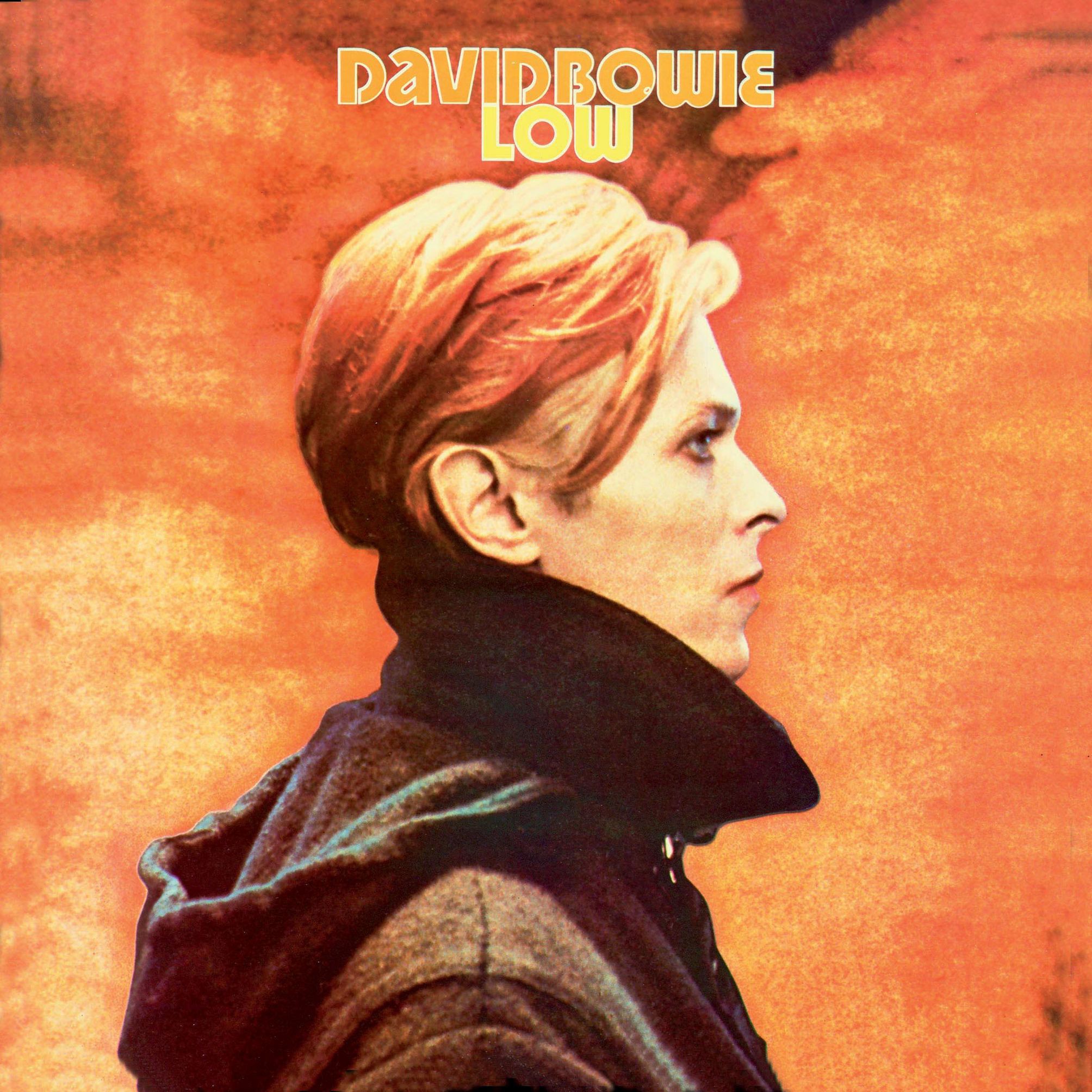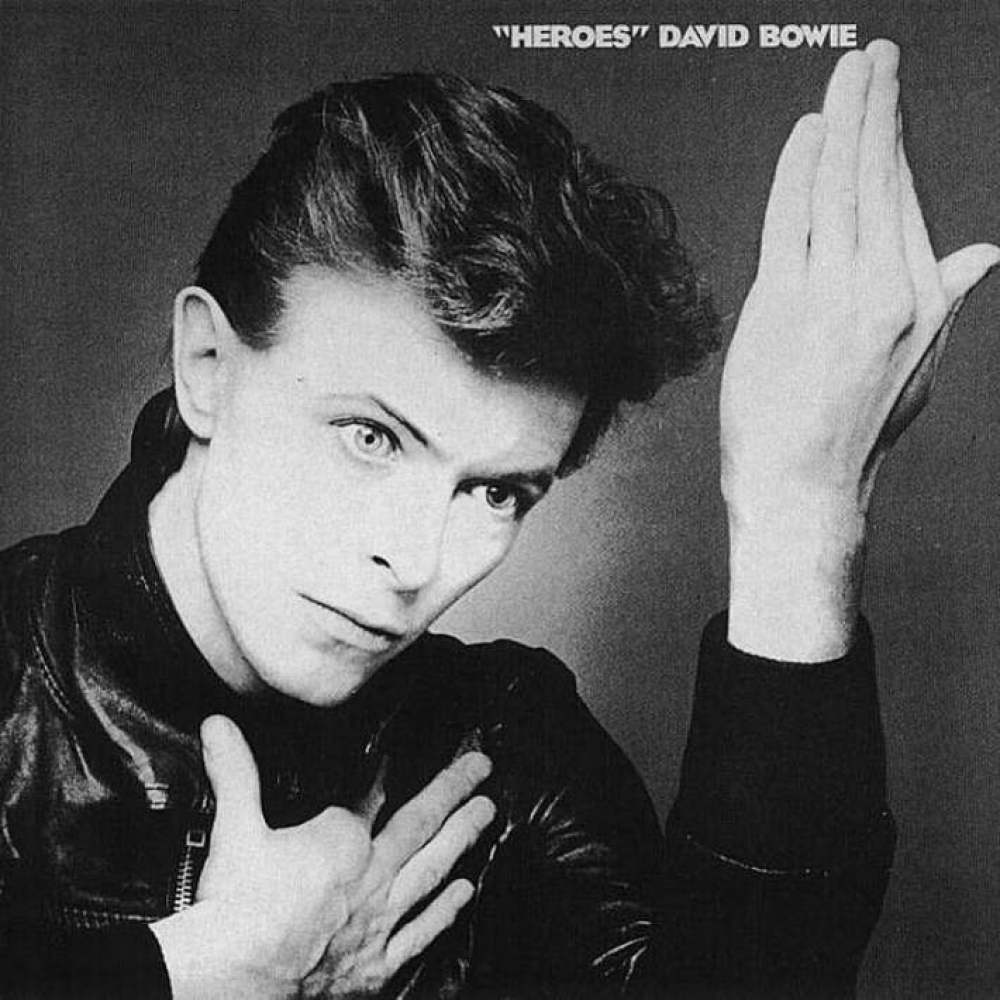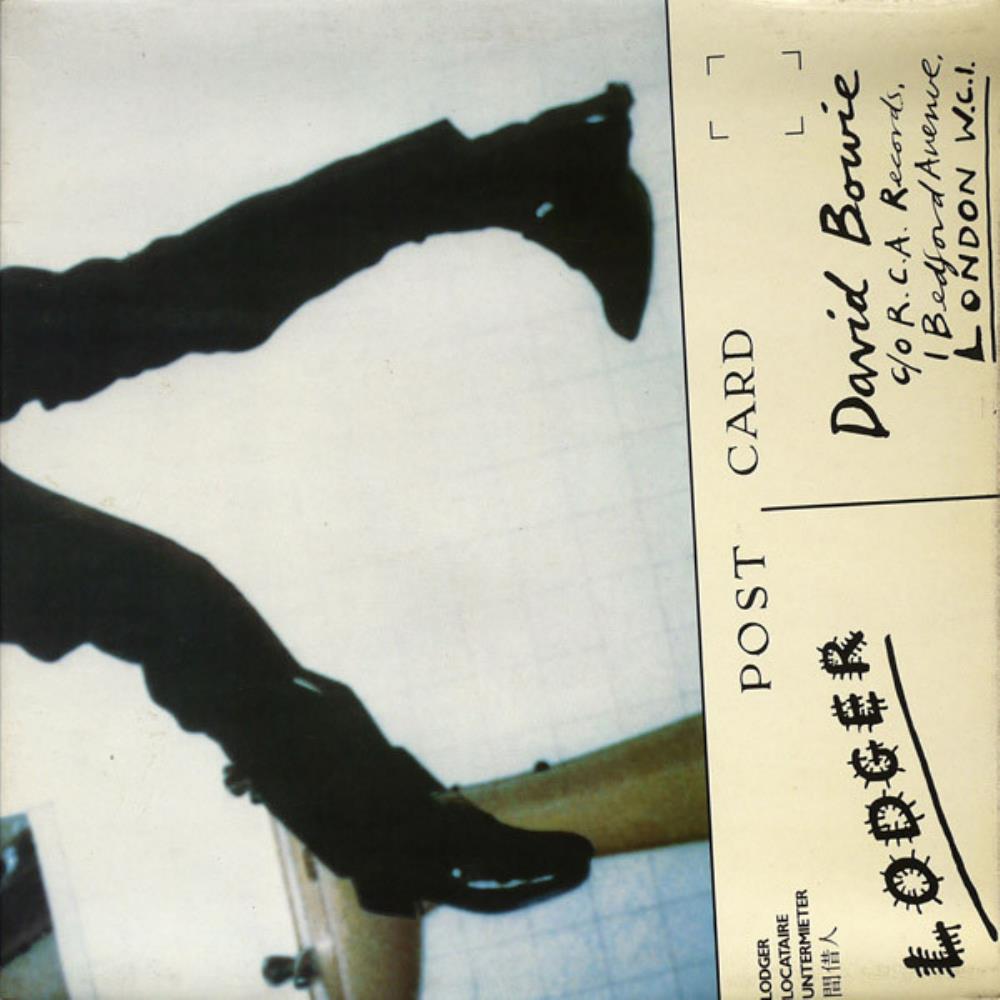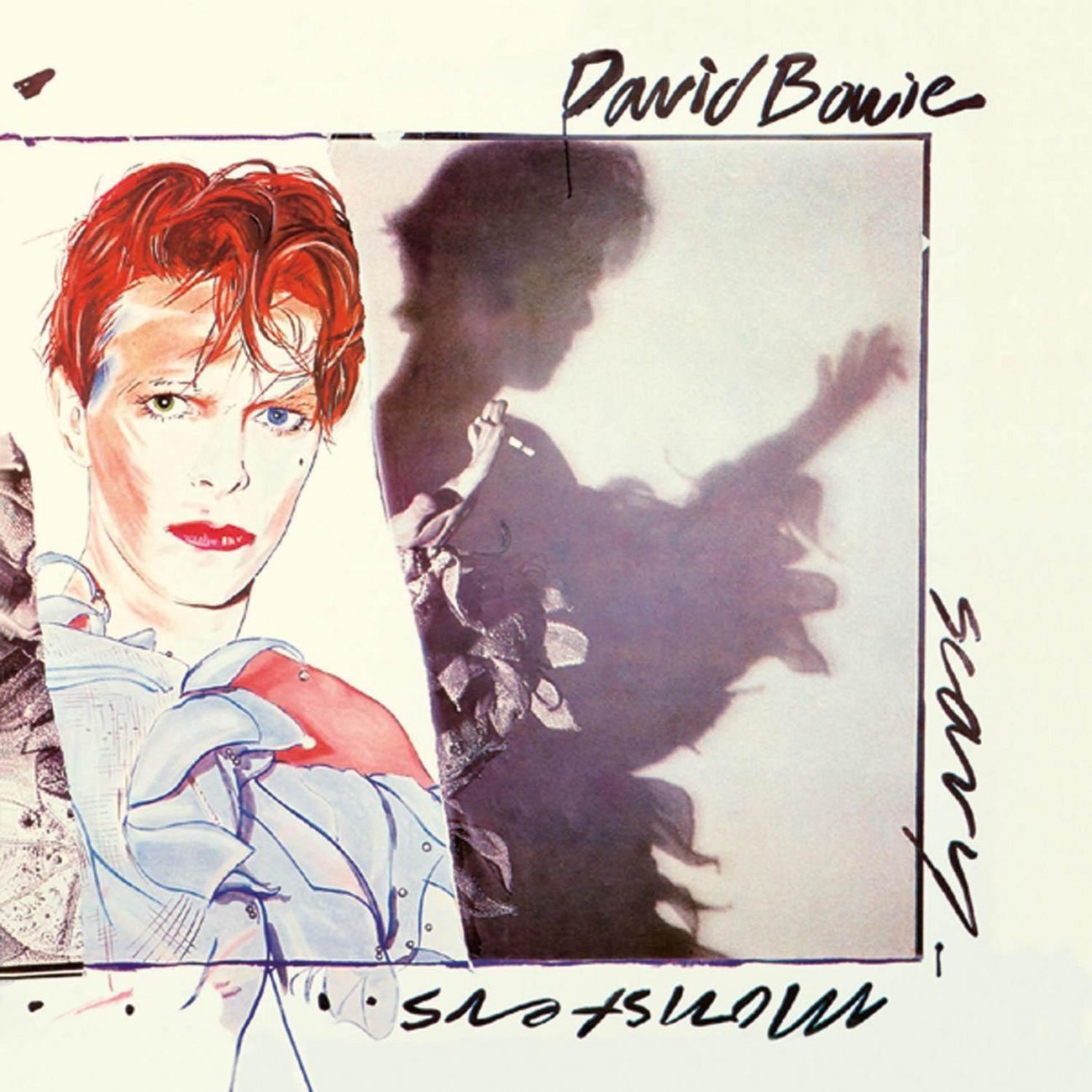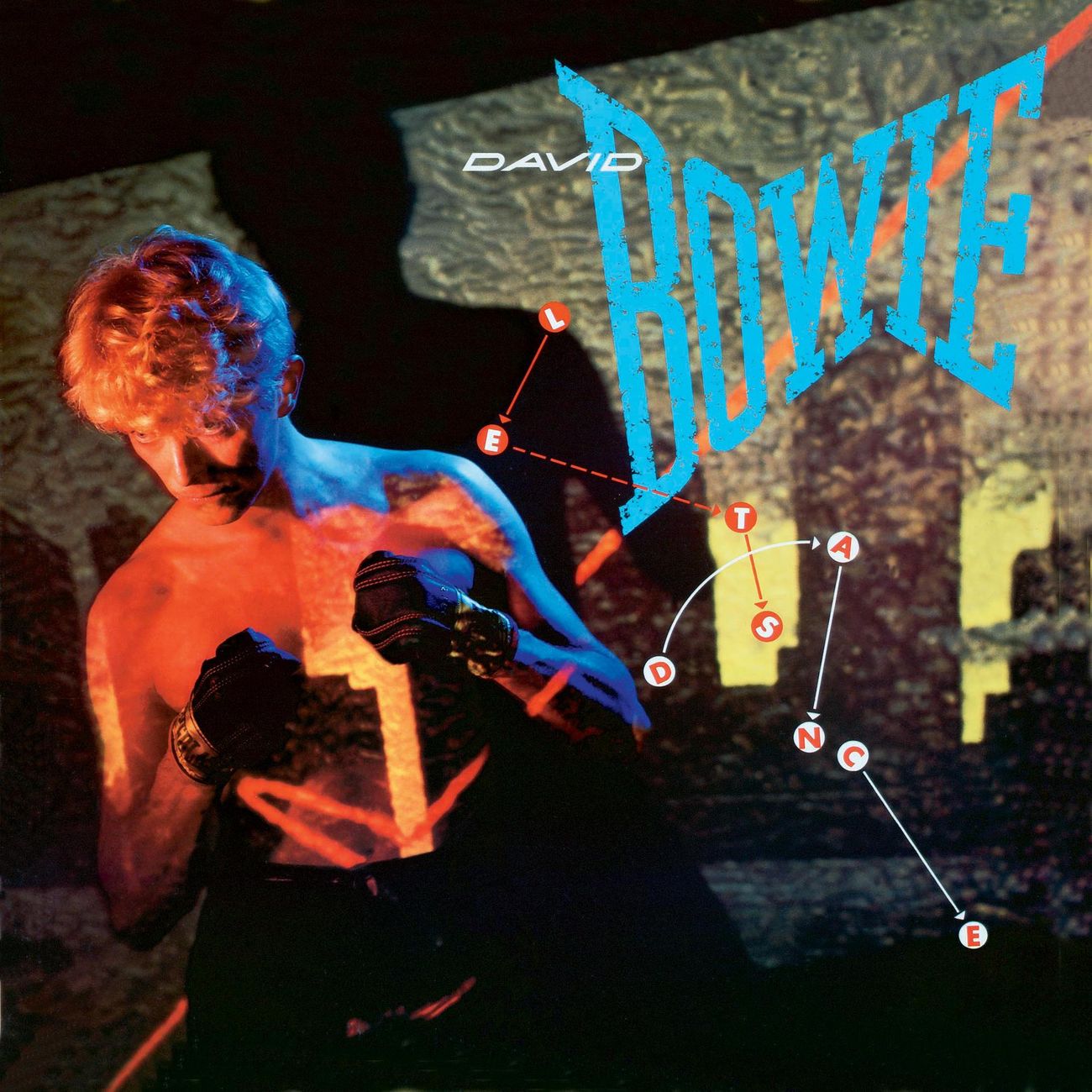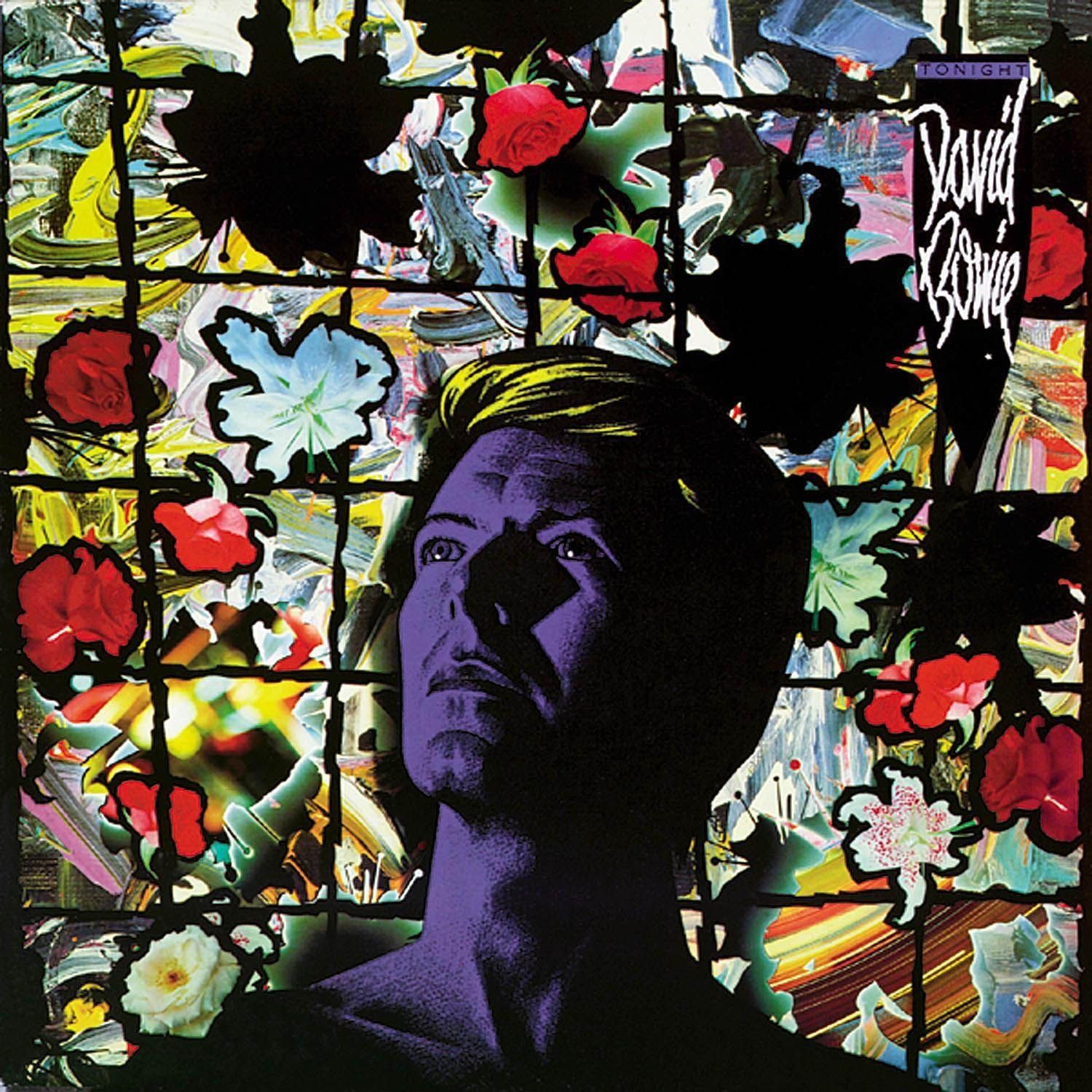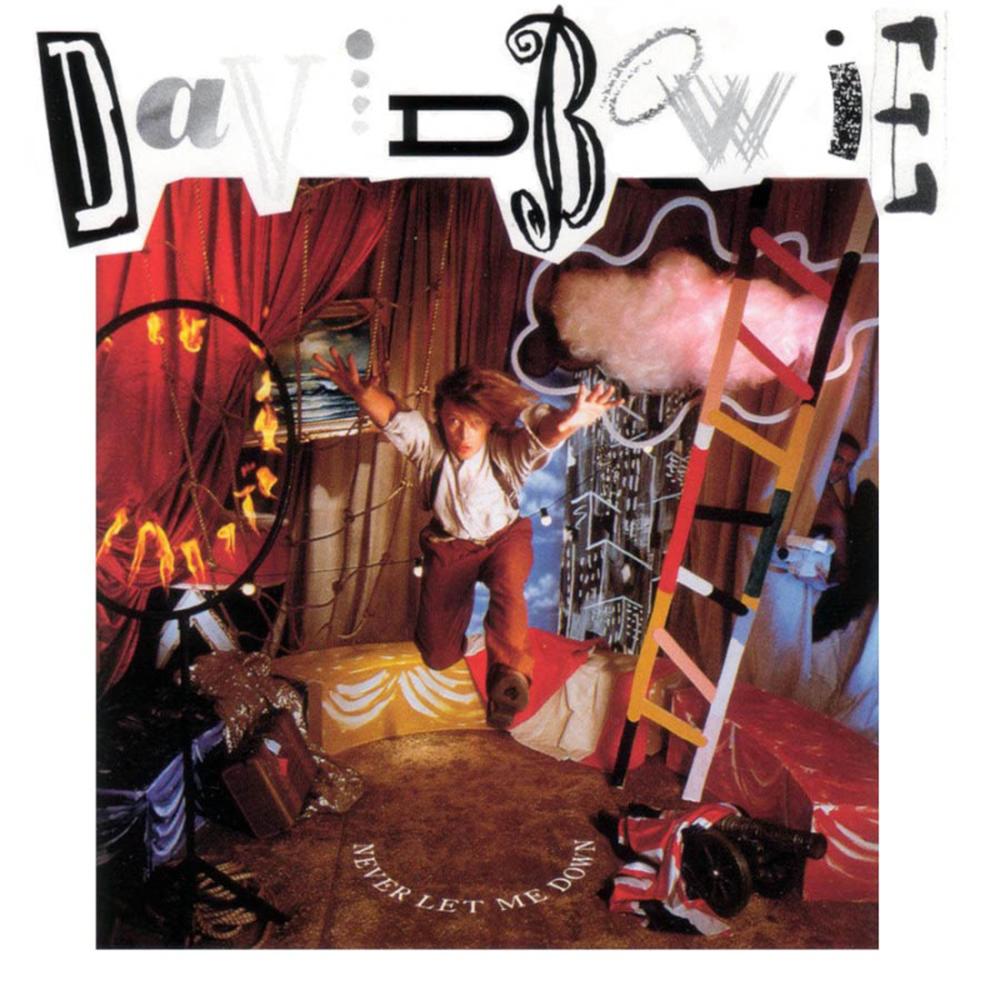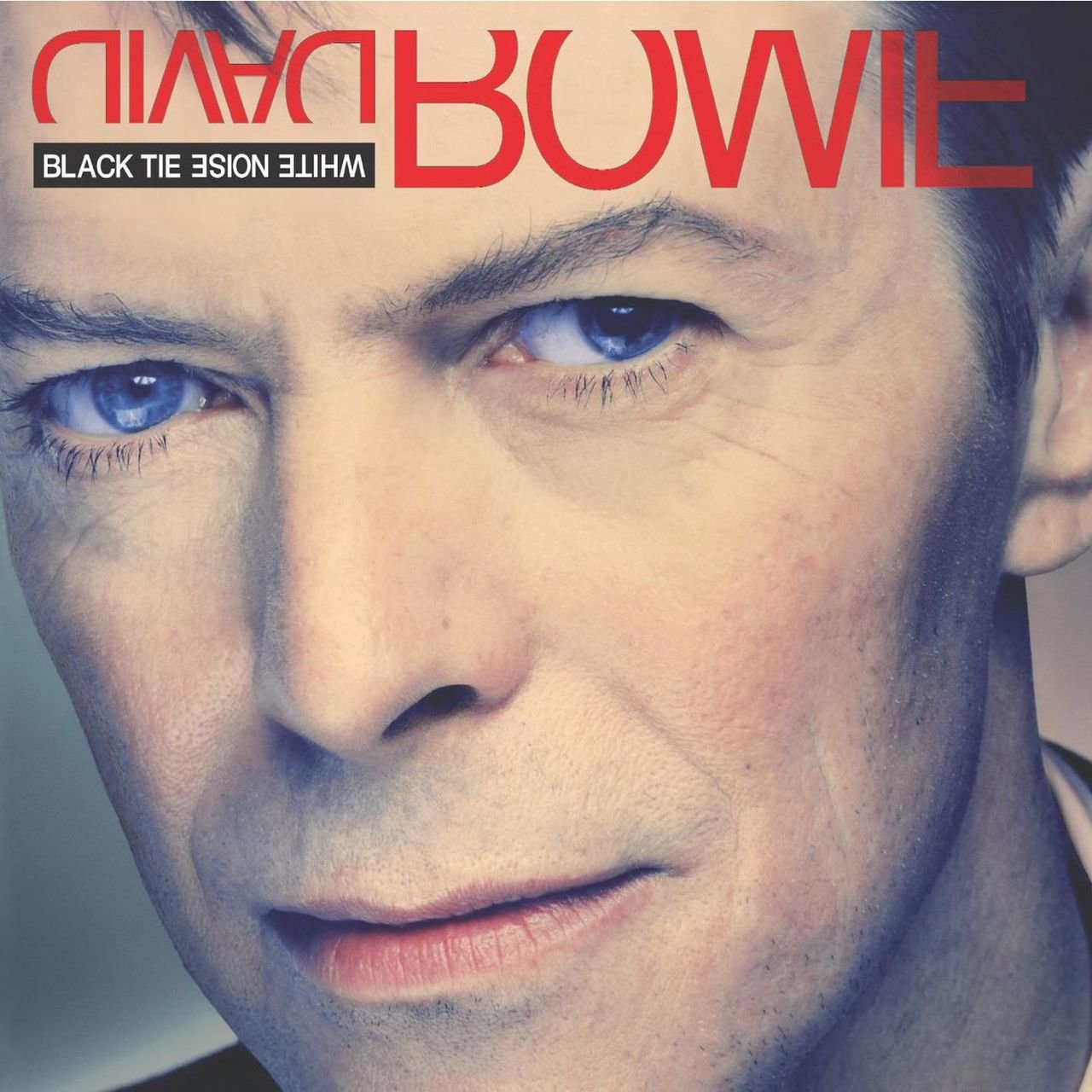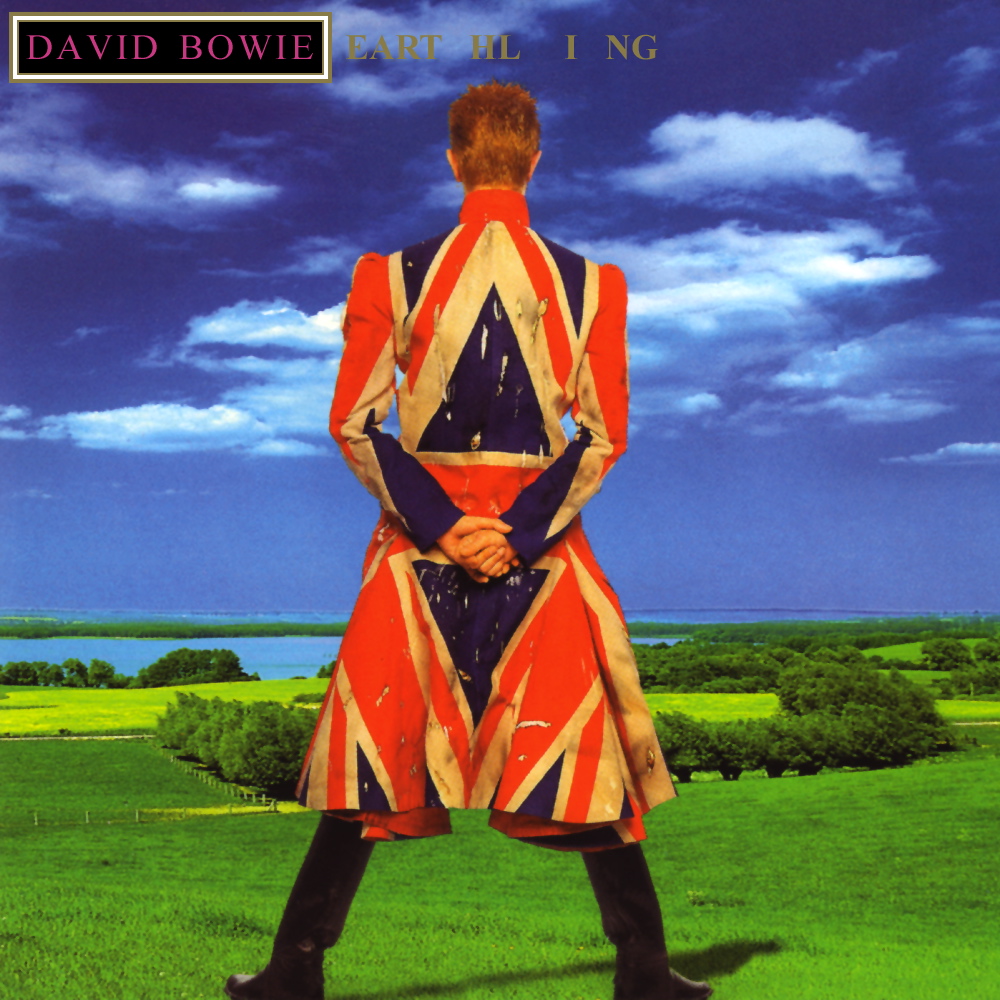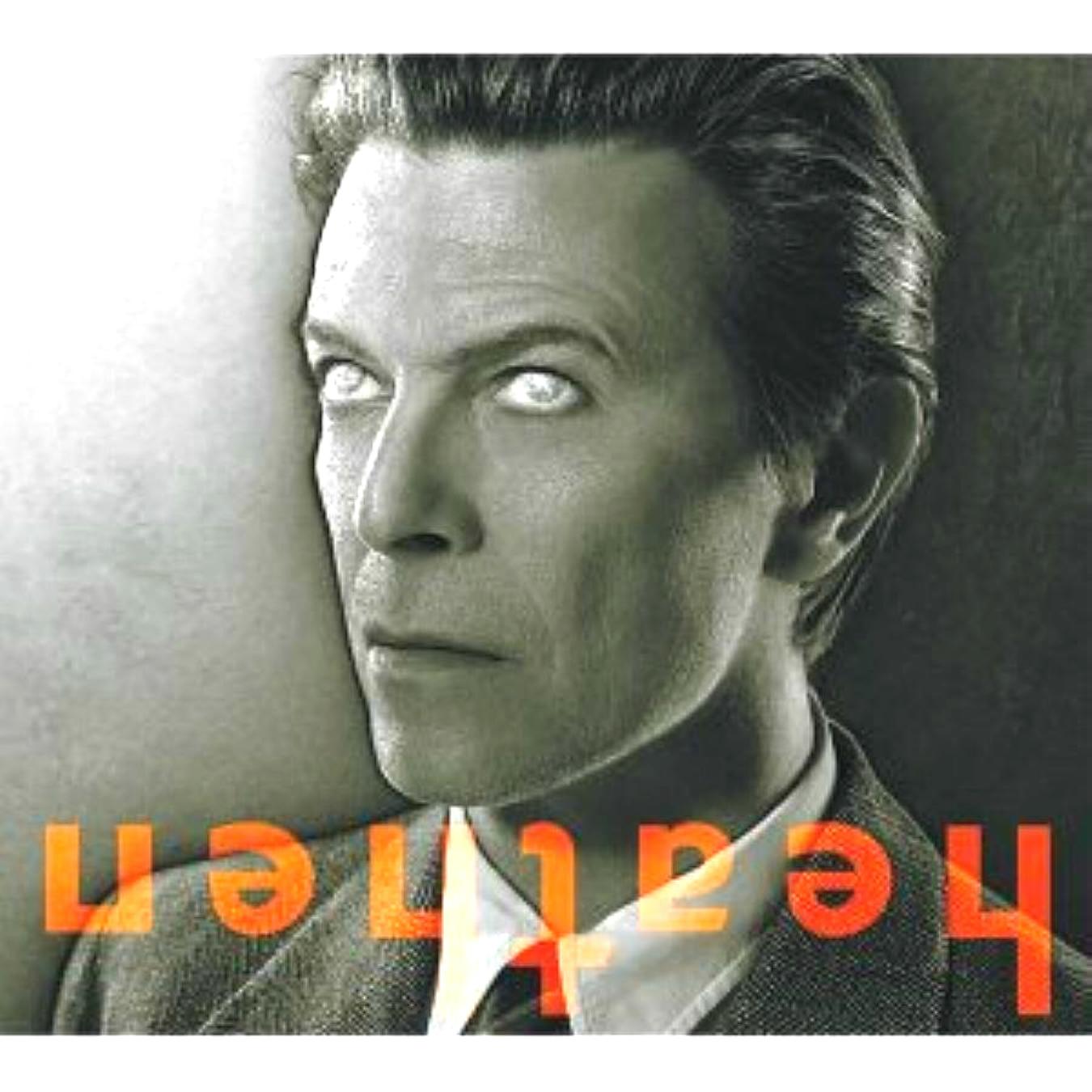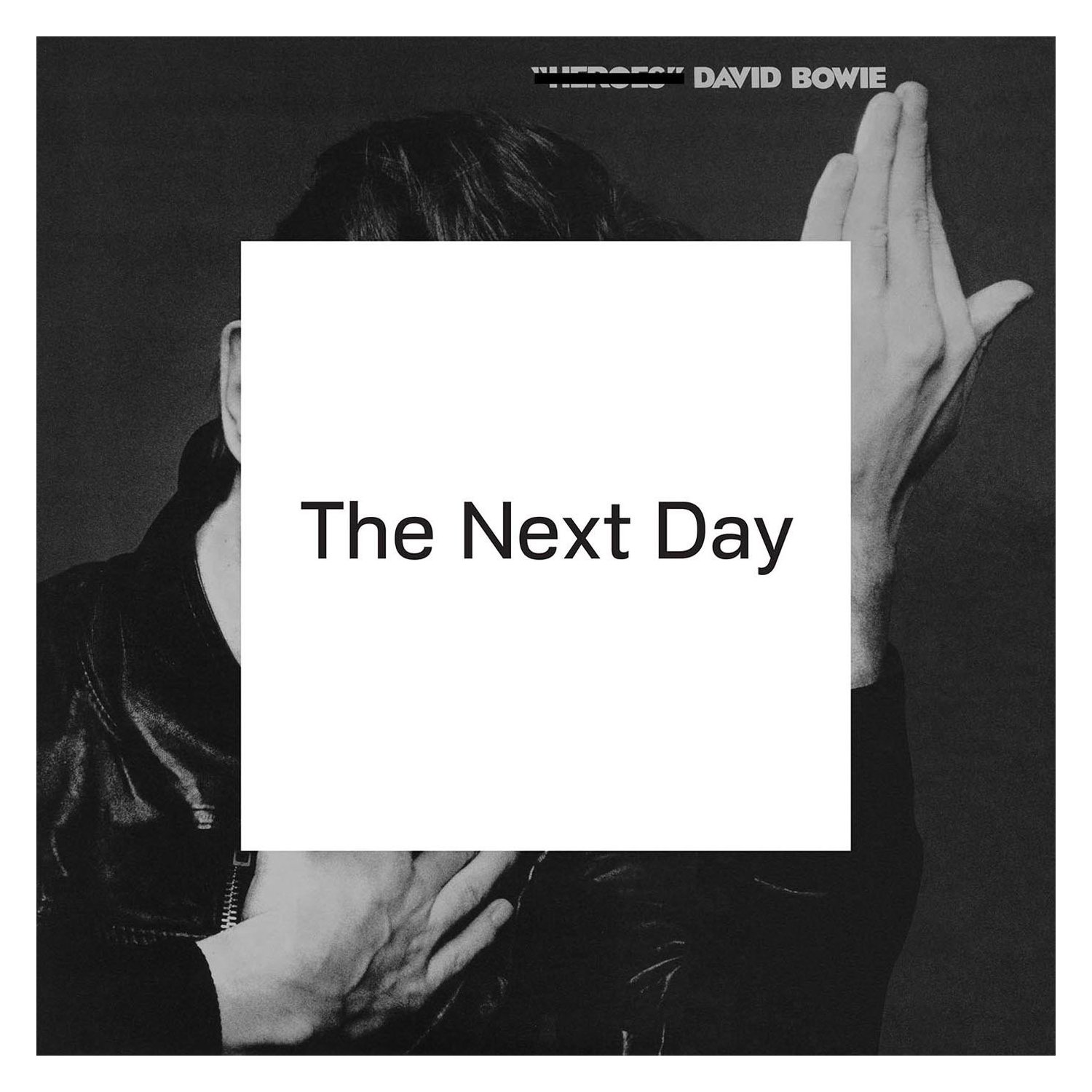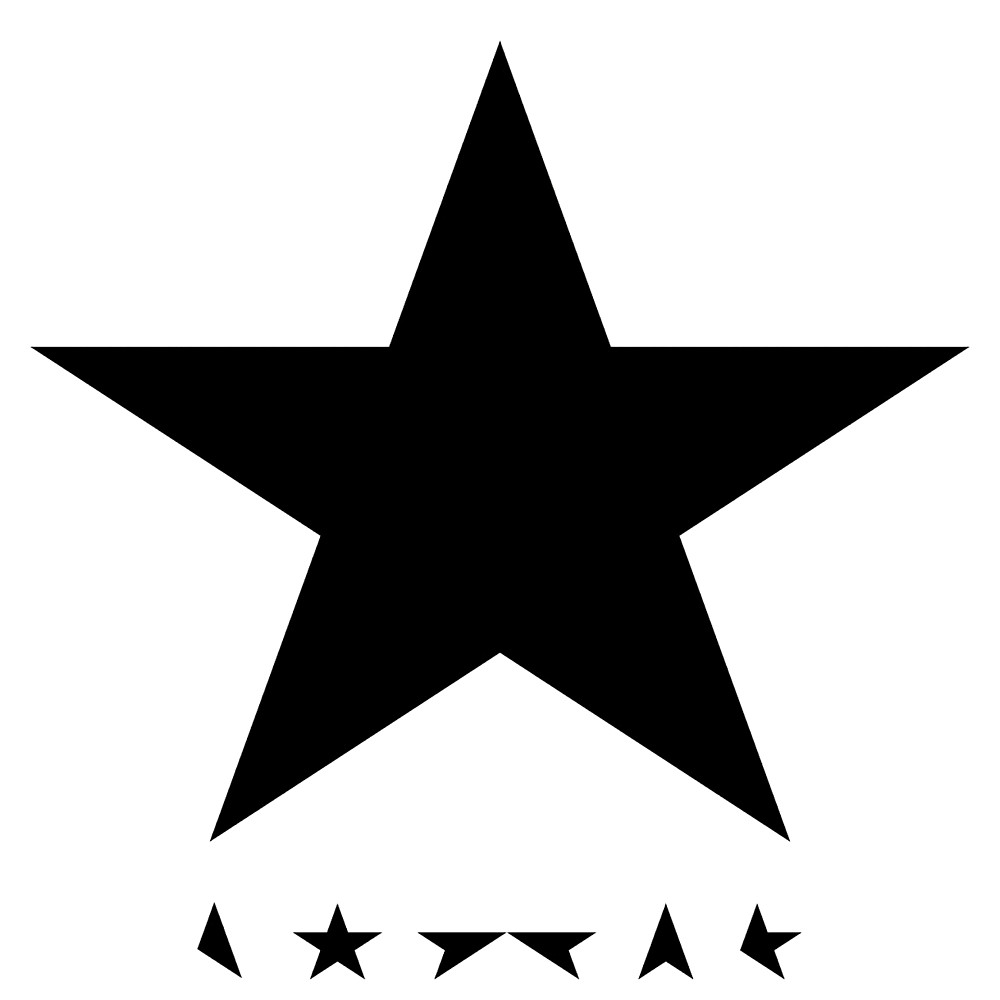EARLY CAREER
DAVID BOWIE
JUNE 1967
Described as the "least weird" (but undeniably strange nonetheless) Bowie album by Mashable.com, this was Bowie's first album release. It hit record store shelves the same day as the Beatles' "Sgt. Pepper's and the Lonely Hearts Club," but they couldn't be more different. The album ends on a note of gothic horror-comedy with "Please Mr. Gravedigger," where a sneezing and stuffy Bowie "outlines his plan to murder the one witness to his crimes, a gravedigger who has been sneaking souvenirs from corpses." This ending and "We Are Hungry Men" definitely hints toward the more explorative nature of the rest of Bowie's discography.
HIDDEN GEM: The entire album has been hidden away pretty well, but "When I Live My Dream" is a good way to ease into it.
GENRES: Pop music, Music hall, Psychedelic pop, Psychedelic folk, Baroque pop
